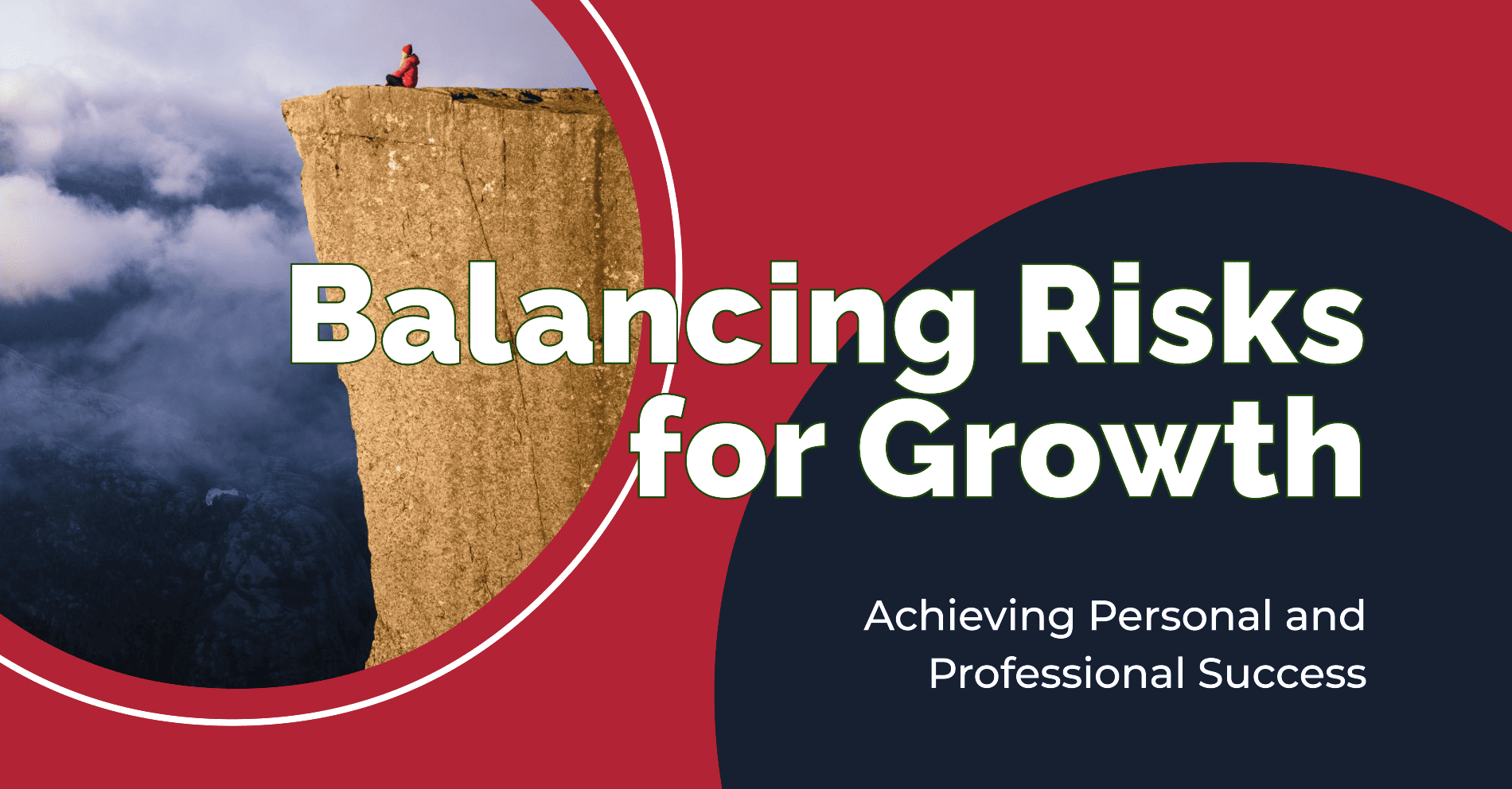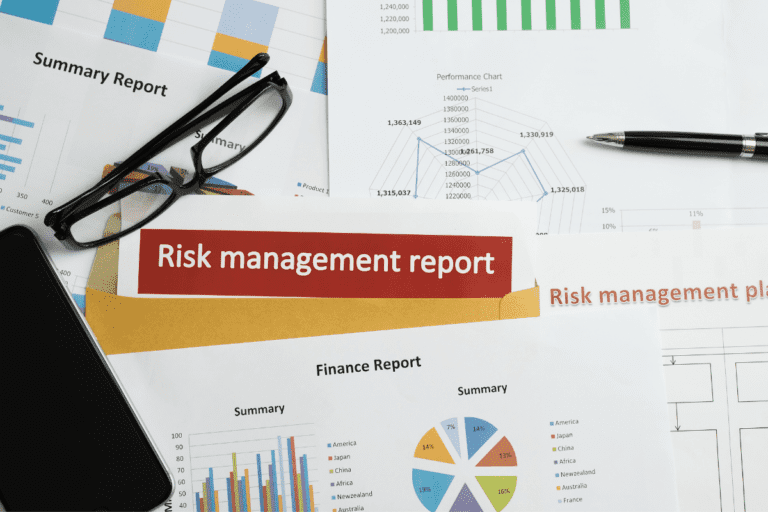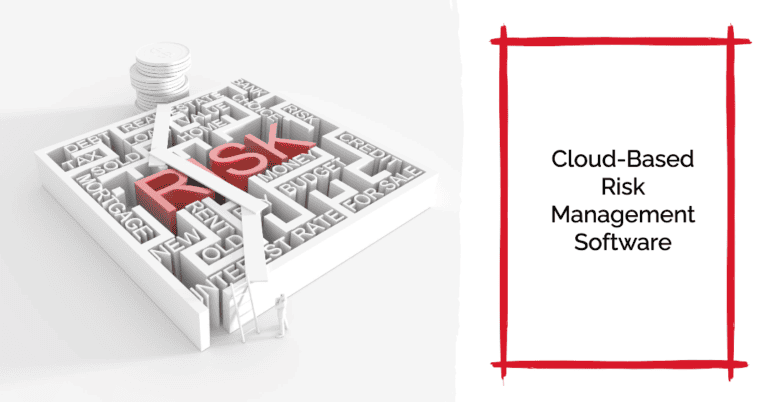The world is full of opportunities, but a certain level of risk comes with each opportunity. A risk is always involved, whether taking on a new job, starting a business, or pursuing a relationship.
The decision to take a risk can often seem scary. Still, it’s essential to remember that embracing calculated risks can positively impact personal and professional growth.
What is a Calculated Risk?
A calculated risk is a carefully considered decision that weighs the potential pros and cons of a particular opportunity. These risks can range from financial to personal, but a calculated risk involves assessing the possible outcomes and the likelihood of each.
Calculated risks are not impulsive decisions made without thought or caution. Instead, they require careful planning and preparation to manage potential adverse outcomes while maximising the benefits.

The Importance of Taking Risks for Personal and Professional Growth
Taking risks is an essential part of personal and professional growth. Without risks, there would be no opportunities for growth and development. Risks present opportunities for change and challenge, which can be incredibly empowering and gratifying.
Taking calculated risks can help individuals to expand their comfort zones, gain new skills, and learn from their experiences. This can increase confidence and self-esteem, vital to personal and professional success.
Taking a calculated risk can lead to career advancement and increased job satisfaction in a professional setting. It can also help individuals develop new skills or specialise in a particular area, leading to increased marketability and job security.
In a personal setting, taking calculated risks can lead to personal growth, improved relationships, and increased happiness. It can also help individuals develop self-awareness and resilience, essential skills for navigating life’s challenges.
Balancing Risk and Reward
While taking risks is essential for growth, balancing risk and reward is also important.
The potential benefits of a particular opportunity should be weighed against the potentially harmful risks, and a decision should be made based on this assessment.
For example, starting a business might present a significant financial risk, but the potential rewards could be substantial. On the other hand, pursuing an unhealthy relationship could have severe negative consequences, making it a chance that is not worth taking.
Being honest and realistic when assessing potential risks and rewards is essential. While risks can be empowering, they can also be terrifying. It’s important to recognise when fear is clouding judgment and take time to consider all factors before making a decision.
Managing Risk
Managing risk is an essential part of taking calculated risks. While not all risks can be eliminated, steps can be taken to minimise potential adverse outcomes.
For example, starting a business can be a significant financial risk, but market research can help manage this risk by assessing the potential demand for a product or service. Utilising a business plan and seeking expert advice can also help minimise potential risks.
In a personal setting, seeking advice and support from trusted friends or professionals can also help to minimise the potential negative outcomes of a calculated risk.
Final Thoughts
Taking calculated risks is essential for personal and professional growth. Risks present opportunities for change and challenge, leading to increased confidence, self-esteem, and personal or professional success.
While it’s essential to take risks, it’s also important to balance risk and reward. Potential risks should be assessed honestly and realistically, and steps should be taken to manage possible negative outcomes.
Remember, not all risks will lead to success, but each risk can be an opportunity to learn and grow. The rewards of taking calculated risks can be substantial, making it an essential part of personal and professional development.






